The BepiColombo spacecraft has made its sixth and final flyby of the closest planet to the sun, Mercury, capturing some incredible images of the tiny world. The photos offer tantalizing hints about some of the mysteries BepiColombo will investigate when it moves into orbit around the planet next year.
The joint European Space Agency (ESA) and Japan Aerospace Exploration Agency (JAXA) mission made its latest passage of Mercury on Wednesday (Jan. 8) at 00: 59 EDT (0259 GMT).
During the flyby, BepiColombo, which was launched on Oct. 20, 2018, came to within around 185 miles (295 kilometers) of Mercury's nightside, facing away from the sun. Around seven minutes later, the ESA/JAXA spacecraft flew over the tiny planet's north pole.
ESA Director General Josef Aschbacher wasted no time revealing images of Mercury captured by BepiColombo's monitoring cameras (M-CAMs) at the space agency's Annual Press Briefing on Thursday morning.
The six flybys of Mercury are a prelude to the spacecraft entering a polar orbit of the planet, which is when its actual mission will kick off. Orbital insertion is set to occur on Nov. 21, 2026.
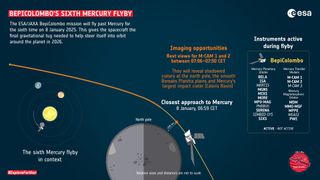
"BepiColombo's main mission phase may only start two years from now, but all six of its flybys of Mercury have given us invaluable new information about the little-explored planet," BepiColombo's Project Scientist at ESA Geraint Jones said in a statement. "In the next few weeks, the BepiColombo team will work hard to unravel as many of Mercury's mysteries with the data from this flyby as we can."
Until then, the pictures of Mercury captured by BepiColumbo can tell scientists a great deal about the imaged regions of the solar system's smallest planet.
Shedding light on Mercury's dark craters and bright surface
The image below shows a view of Mercury's surface as BepiColombo crossed the "terminator line," the dividing line between the planet's night side and day side.
This view allowed scientists to get a view directly into the perpetually shadowed craters of Mercury. Featured in the image are the rims of Prokofiev, Kandinsky, Tolkien and Gordimer, as well as their shadowy depths.
Despite Mercury's proximity to the sun, the bottom of these craters are some of the coldest places in the solar system. These craters are of intense interest to scientists because there is some evidence that water ice exists within. This will be one of the key areas of investigation for BepiColombo when it enters orbit around Mercury.
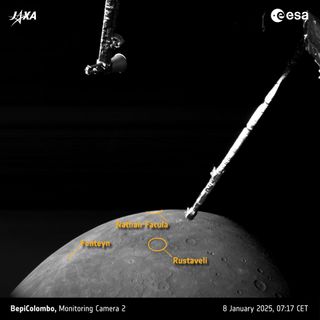
Though Mercury looks well-illuminated in these images, the closest planet to the sun is actually surprisingly dark. The surface of Mercury only reflects around two-thirds of the light reflected by the moon.
This can be advantageous to scientists, though, as spotting a bright feature on Mercury's dark surface indicates a region where lighter material has recently been carried to the planet's surface.
The bright features in the image below indicate two possible mechanisms that carry material from Mercury's interior to its surface: volcanic activity and craters carved out by asteroid impacts.
Near the crest of Mercury in the image above is the Nathair Facula, created by the largest known volcanic explosion on the world. At the center of this volcanic fossil is a vent that is around 25 miles (40 km) wide. This has been the location of at least three major eruptions, leaving a volcanic deposit that is around 186 miles (300 km) in diameter.
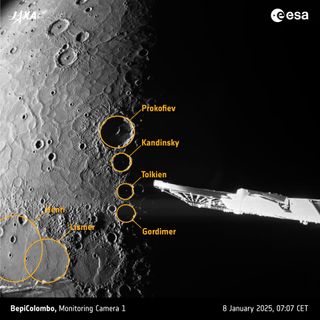
To the left of the Nathair Facula is the Fonteyn impact crater, which was formed 300 million years ago, making it relatively young in relation to the 4.6-billion-year-old planet. The crater is ringed by bright ejecta, in reference to rocky debris thrown out by the asteroid impact.
During BepiColombo's time in Mercury's orbit, it will investigate the composition of lava and ejecta with scientists aiming to discover why material at the planet's surface darkens with age.
The below image shows Mercury's vast volcanic plains, the Borealis Planitia, which lies to the left of its north pole. This relatively smooth region was created by widespread lava eruptions around 3.7 billion years ago.
The lava poured into craters that had already been carved into the surface of Mercury, the Henri and Lismer craters. After the lava hardened, the cooling of the planet's interior caused its surface to contract, which embedded "wrinkles" in these plains. The BepiColombo images reveal that these plains extend across a wide proportion of Mercury's surface.
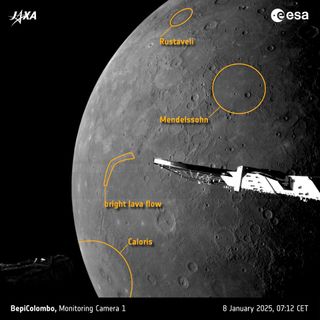
Prominent in the above image is the Mendelssohn crater, the outer rim of which barely extends above the lava which poured into it billions of years ago. Also with the Borealis Planitia is the Rustaveli crater. The surface of the solidified lava that fills both of these craters is scarred by smaller and more recent impact craters.
At the bottom left of the image is Mercury's Caloris basin, the tiny planet's largest impact crater which is over 930 miles (1,500 km) wide.
One of the oddest features in the new BepiColombo images is a boomerang-shaped lava flow above the Caloris basin. Seemingly connected to a deep trough, this lava is similar in color to that of the Caloris basin and the Borealis Planitia further to its north.
BepiColombo will collect data that scientists will use to determine if this lava moved into or out of the Caloris basin.
BepiColombo's fifth flyby of Mercury occurred on Dec. 1, 2024.
"This is the first time that we performed two flyby campaigns back-to-back. This flyby happens a bit more than a month after the previous one," said Frank Budnik, BepiColombo's Flight Dynamics Manager, in the statement. "Based on our preliminary assessment, everything proceeded smoothly and flawlessly."
.png)
 10 hours ago
7
10 hours ago
7
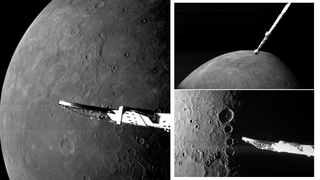

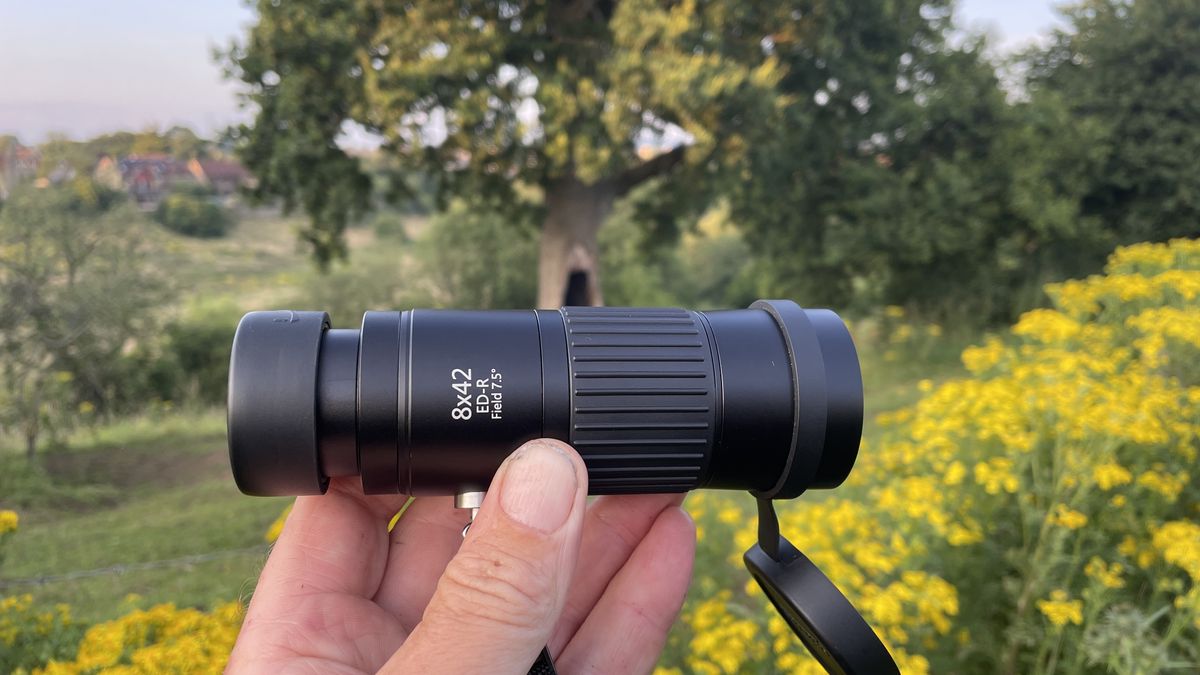
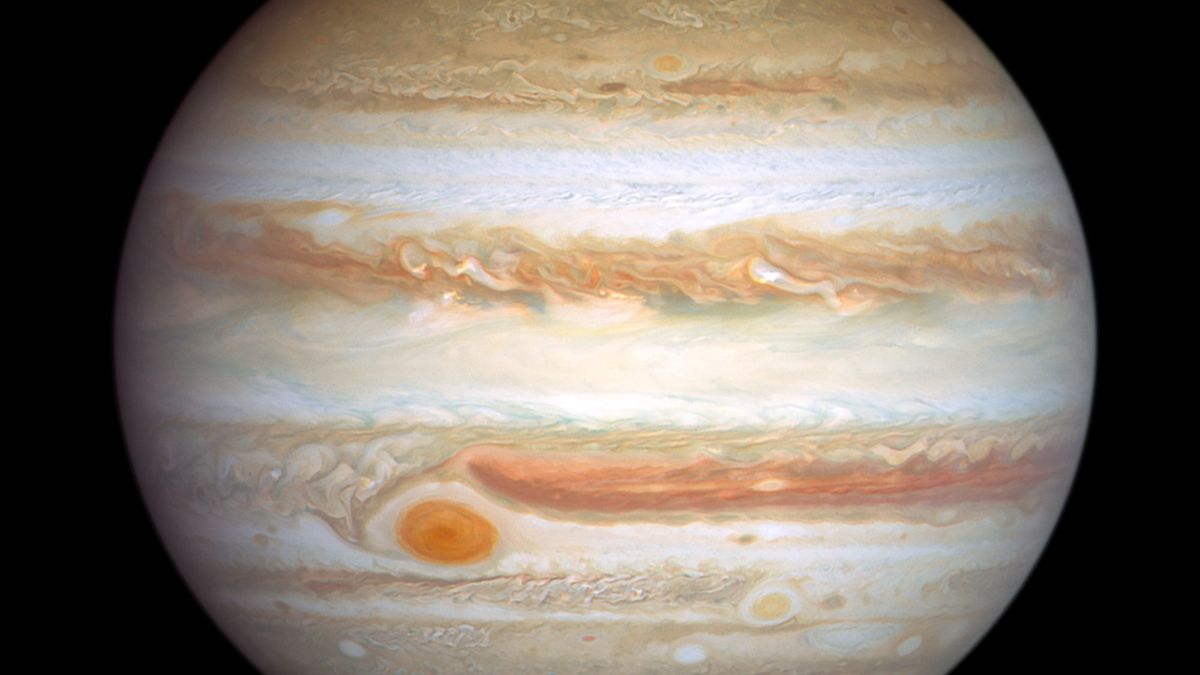

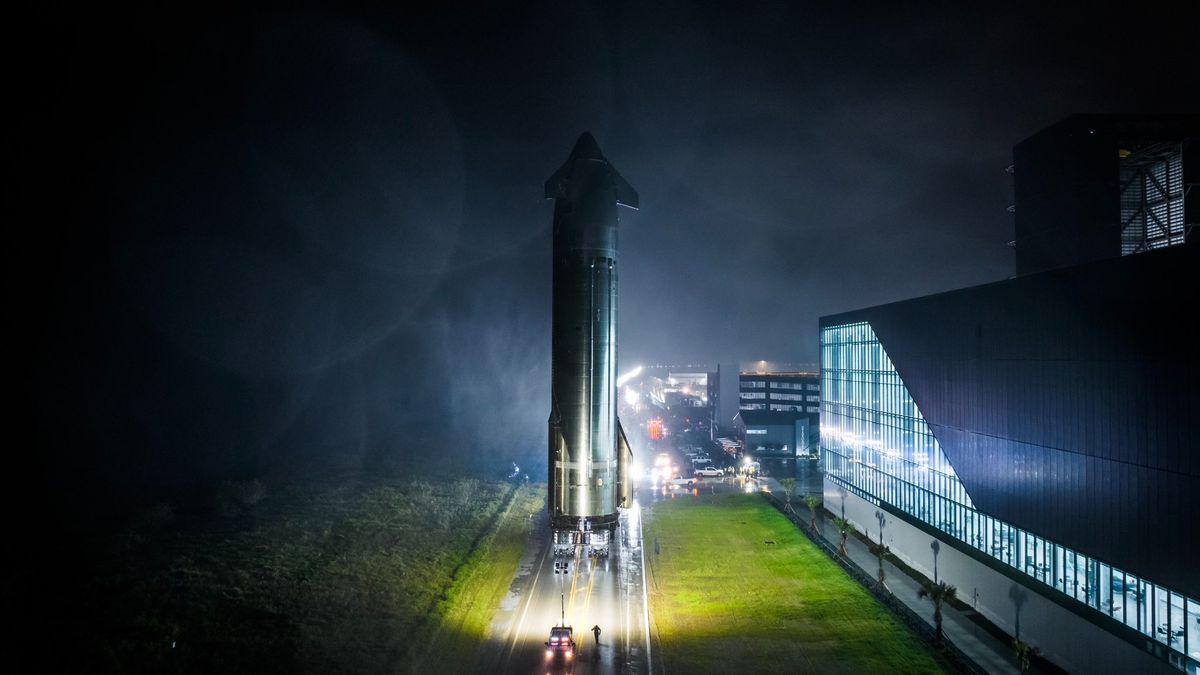
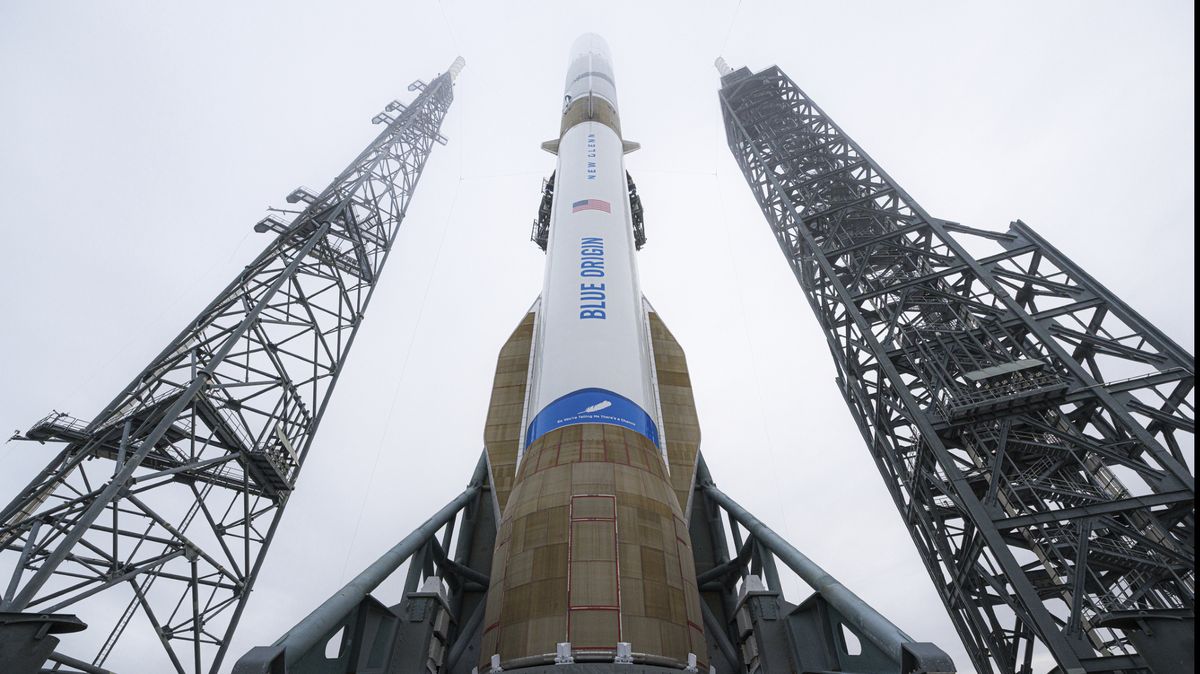
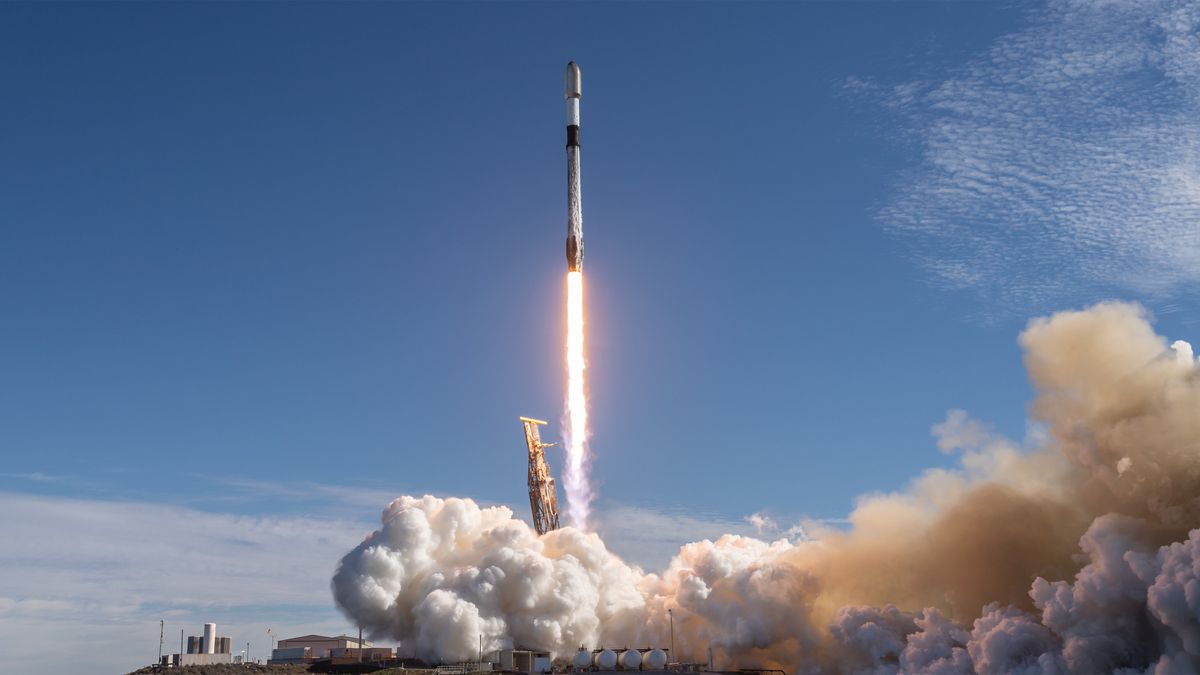
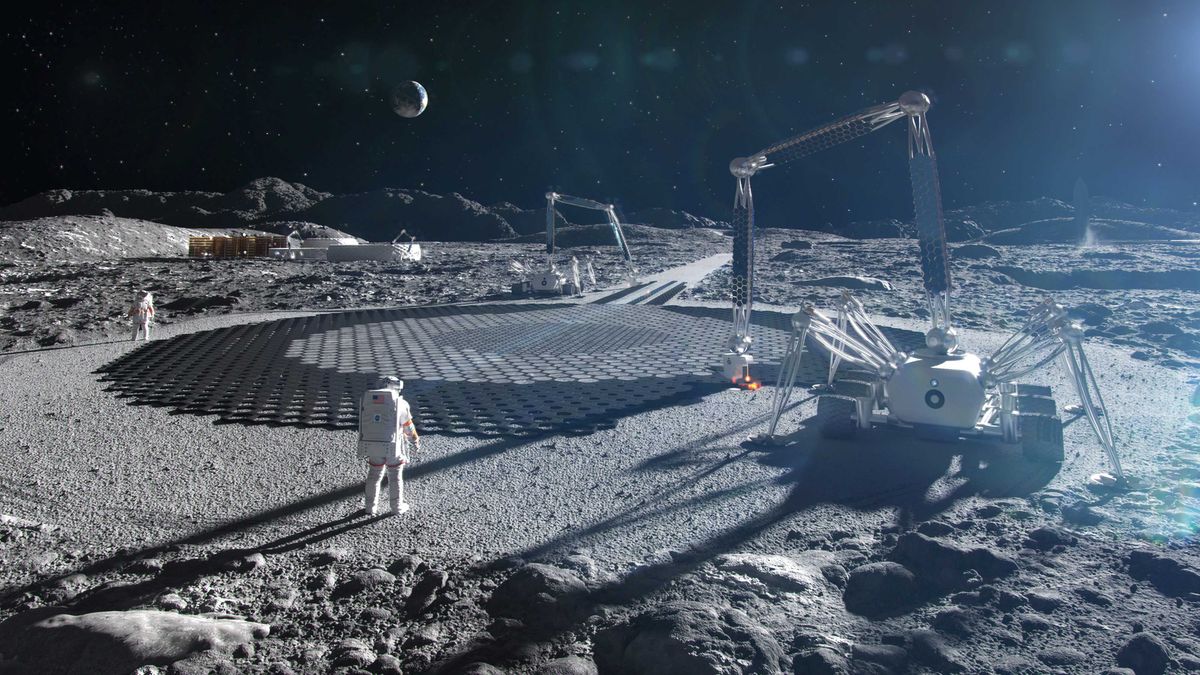
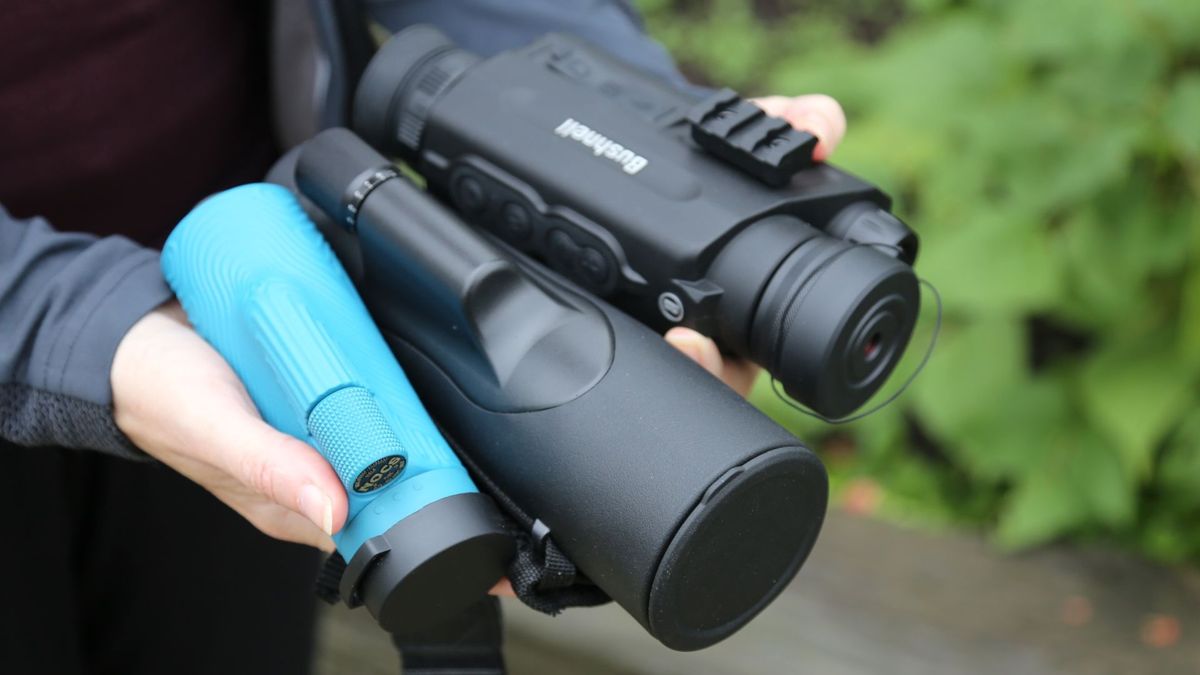
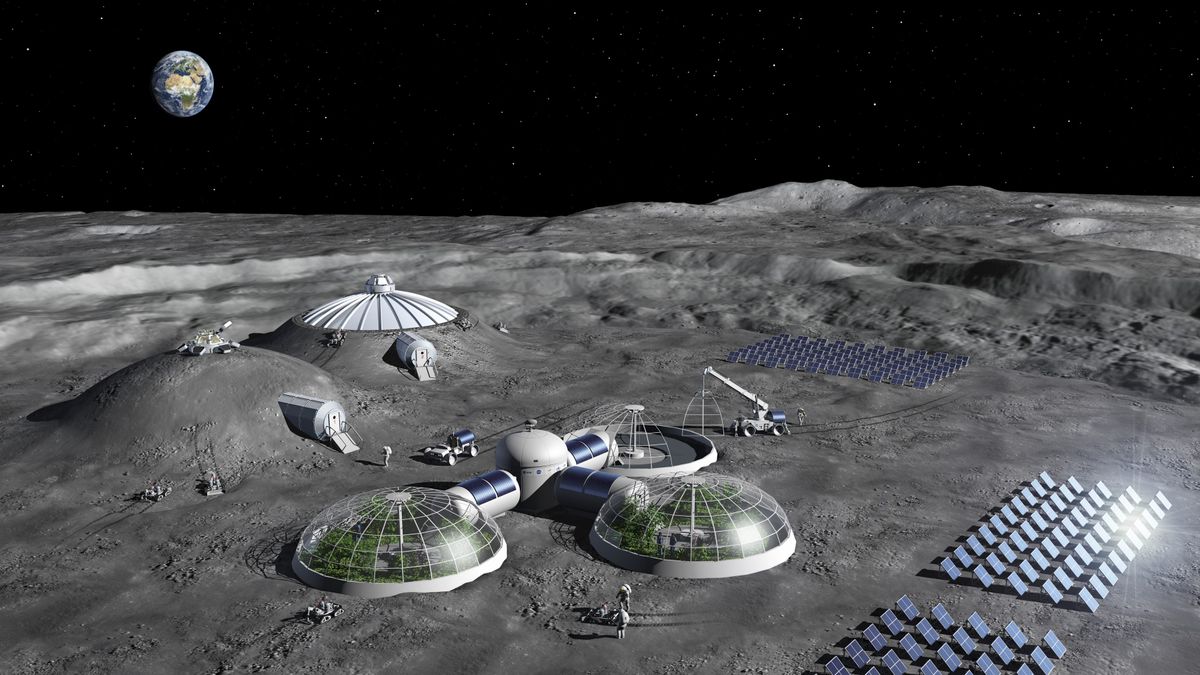
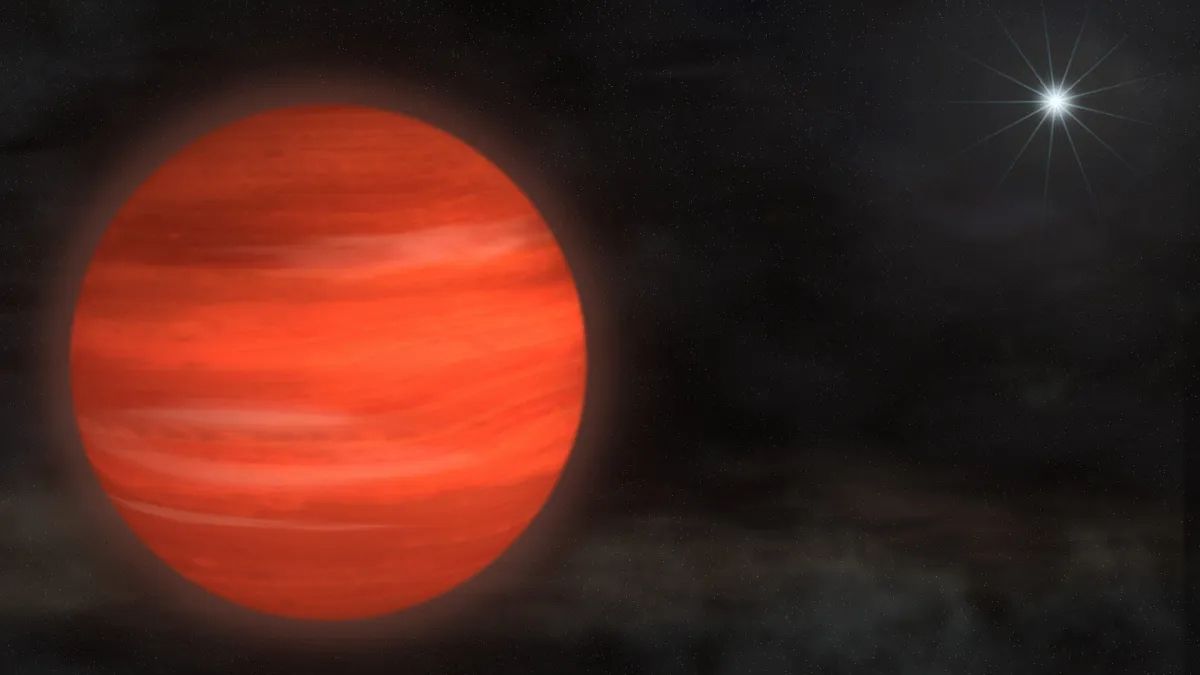
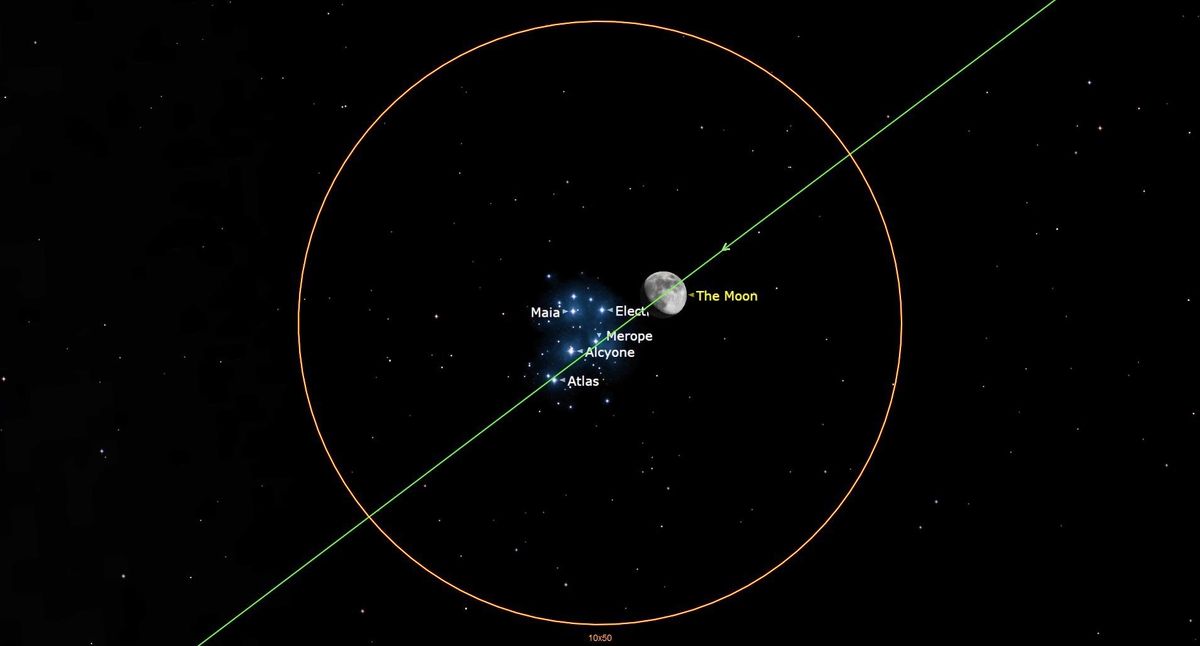






















 Bengali (BD) ·
Bengali (BD) ·  English (US) ·
English (US) ·